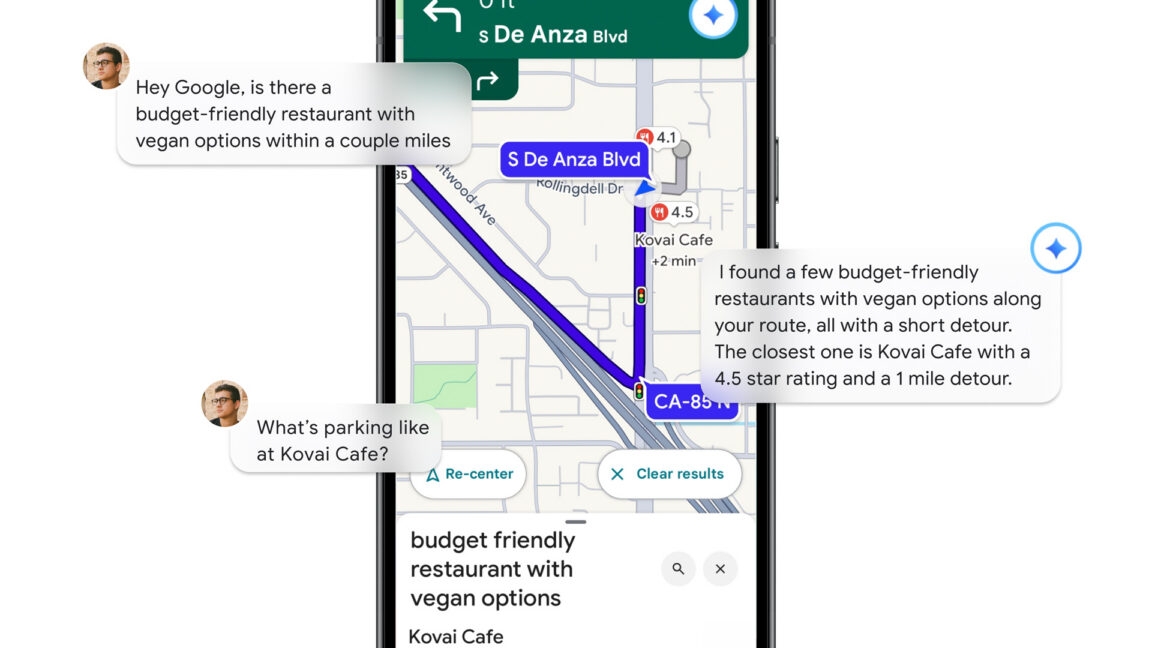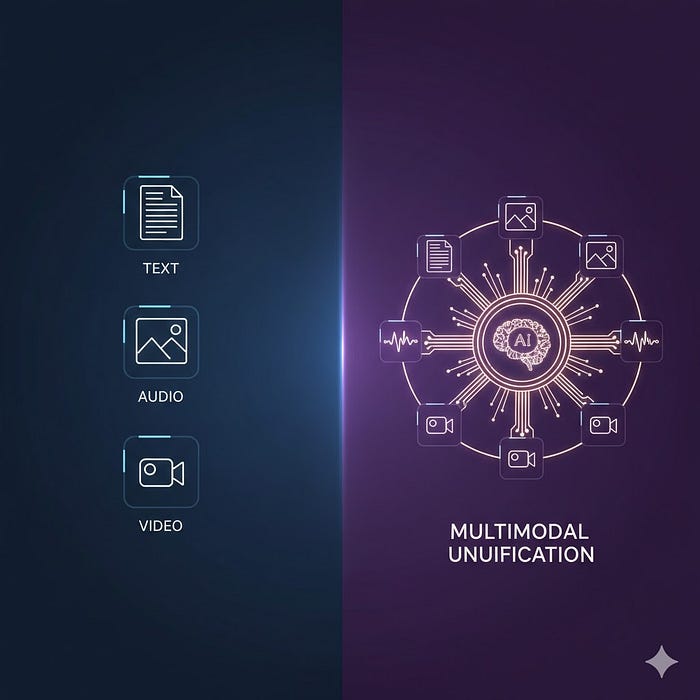Introduction to AI Assistants and Cybersecurity Risks
Boards of directors are pressing for productivity gains from large-language models and AI assistants. Yet the same features that make AI useful – browsing live websites, remembering user context, and connecting to business apps – also expand the cyber attack surface. Tenable researchers have published a set of vulnerabilities and attacks under the title “HackedGPT”, showing how indirect prompt injection and related techniques could enable data exfiltration and malware persistence.
Understanding the Risks
Removing the inherent risks from AI assistants’ operations requires governance, controls, and operating methods that treat AI as a user or device, to the extent that the technology should be subject to strict audit and monitoring. The Tenable research shows the failures that can turn AI assistants into security issues. Indirect prompt injection hides instructions in web content that the assistant reads while browsing, instructions that trigger data access the user never intended. Another vector involves the use of a front-end query that seeds malicious instructions.
Business Impact
The business impact is clear, including the need for incident response, legal and regulatory review, and steps taken to reduce reputational harm. Research already exists that shows assistants can leak personal or sensitive information through injection techniques, and AI vendors and cybersecurity experts have to patch issues as they emerge. The pattern is familiar to anyone in the technology industry: as features expand, so do failure modes. Treating AI assistants as live, internet-facing applications – not productivity drivers – can improve resilience.
How to Govern AI Assistants
1) Establish an AI System Registry
Inventory every model, assistant, or agent in use – in public cloud, on-premises, and software-as-a-service, in line with the NIST AI RMF Playbook. Record owner, purpose, capabilities (browsing, API connectors) and data domains accessed. Even without this AI asset list, “shadow agents” can persist with privileges no one tracks. Shadow AI – at one stage encouraged by the likes of Microsoft, who encouraged users to deploy home Copilot licences at work – is a significant threat.
2) Separate Identities for Humans, Services, and Agents
Identity and access management conflate user accounts, service accounts, and automation devices. Assistants that access websites, call tools, and write data need distinct identities and be subject to zero-trust policies of least-privilege. Mapping agent-to-agent chains (who asked whom to do what, over which data, and when) is a bare minimum crumb trail that may ensure some degree of accountability.
3) Constrain Risky Features by Context
Make browsing and independent actions taken by AI assistants opt-in per use case. For customer-facing assistants, set short retention times unless there’s a strong reason and a lawful basis otherwise. For internal engineering, use AI assistants but only in segregated projects with strict logging. Apply data-loss-prevention to connector traffic if assistants can reach file stores, messaging, or e-mail.
4) Monitor Like Any Internet-Facing App
Capture assistant actions and tool calls as structured logs. Alert on anomalies: sudden spikes in browsing to unfamiliar domains; attempts to summarise opaque code blocks; unusual memory-write bursts; or connector access outside policy boundaries. Incorporate injection tests into pre-production checks.
5) Build the Human Muscle
Train developers, cloud engineers, and analysts to recognise injection symptoms. Encourage users to report odd behaviour (e.g., an assistant unexpectedly summarising content from a site they didn’t open). Make it normal to quarantine an assistant, clear memory, and rotate its credentials after suspicious events.
Decision Points for IT and Cloud Leaders
The following are key questions to consider:
- Which assistants can browse the web or write data?
- Do agents have distinct identities and auditable delegation?
- Is there a registry of AI systems with owners, scopes, and retention?
- How are connectors and plugins governed?
- Do we test for 0-click and 1-click vectors before go-live?
- Are vendors patching promptly and publishing fixes?
Risks, Cost Visibility, and the Human Factor
- Hidden cost: assistants that browse or retain memory consume compute, storage, and egress in ways finance teams and those monitoring per-cycle Xaas use may not have modelled.
- Governance gaps: audit and compliance frameworks built for human users won’t automatically capture agent-to-agent delegation.
- Security risk: indirect prompt injection can be invisible to users, passed from media, text or code formatting.
- Skills gap: many teams haven’t yet merged AI/ML and cybersecurity practices.
- Evolving posture: expect a cadence of new flaws and fixes.
Conclusion
The lesson for executives is simple: treat AI assistants as powerful, networked applications with their own lifecycle and a propensity for both being the subject of attack and for taking unpredictable action. Put a registry in place, separate identities, constrain risky features by default, log everything meaningful, and rehearse containment. With these guardrails in place, agentic AI is more likely to deliver measurable efficiency and resilience – without quietly becoming your newest breach vector.
FAQs
Q: What are the main risks associated with AI assistants?
A: The main risks include indirect prompt injection, data exfiltration, malware persistence, and the potential for AI assistants to leak personal or sensitive information.
Q: How can I govern AI assistants effectively?
A: Establish an AI system registry, separate identities for humans, services, and agents, constrain risky features by context, monitor like any internet-facing app, and build the human muscle.
Q: What are the key decision points for IT and cloud leaders?
A: Key decision points include identifying which assistants can browse the web or write data, ensuring agents have distinct identities and auditable delegation, and testing for 0-click and 1-click vectors before go-live.
Q: How can I mitigate the risks associated with AI assistants?
A: Mitigation strategies include treating AI assistants as powerful, networked applications, putting a registry in place, separating identities, constraining risky features by default, logging everything meaningful, and rehearsing containment.











